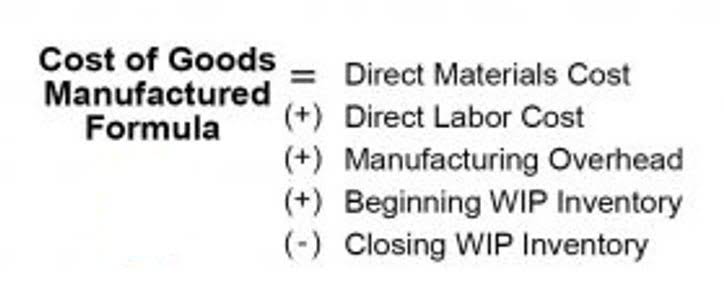
For example, if I produce 1,000 units of a product and the cost of raw materials is $5,000, producing 2,000 units might raise that cost to $10,000. This change in expense directly ties to the increase in production, making it a variable cost. A business accounting basics with healthy (positive) equity is attractive to potential investors, lenders, and buyers.

Fundamentals of Accounting and Reporting

Notice that the year-to-date net income (bottom line of the income statement) increased stockholders’ equity by the same amount, $180. This connection between the income statement and balance sheet is important. For one, it keeps the balance sheet and the accounting equation in balance. Secondly, it demonstrates that revenues will cause the stockholders’ equity to increase and expenses will cause stockholders’ equity to decrease. This will mean the revenue and expense accounts will start the new year with zero balances—allowing the company “to keep score” for the contra asset account new year.
- Our selection of free courses covers fundamental accounting principles, bookkeeping, financial statements, and more.
- You should consider our materials to be an introduction to selected accounting and bookkeeping topics (with complexities likely omitted).
- The entry on the books of the company at the time the money is received in advance is a debit to Cash and a credit to Customer Deposits.
- While math skills are helpful, data and systems analysis are keys to success in this role.
- Accountants calculate ROI by dividing the net profit of an investment by its cost, then multiplying by 100 to generate a percentage.
- A record in the general ledger that is used to collect and store similar information.
What Is a Sales Invoice? How to Create One & Get Paid Fast
- If you plan to use accounting software, knowing the basics will enhance your intuition and enable you to navigate the tools more effectively.
- Types include current and noncurrent, operating and nonoperating, physical, and intangible.
- It’s not just about crunching numbers; it’s about understanding the story behind those numbers and how they impact the organization’s overall health and direction.
- Accountants also distinguish between current and long-term liabilities.
- The balance sheet shows your assets, liabilities, and equity and your net worth at the end of the accounting period.
- Under the accrual basis of accounting, the matching is NOT based on the date that the expenses are paid.
For example, revenue is used to establish the datapoint comprising the « sales » component of a price-to-sales calculation. When retained earnings (RE) are positive, they increase the organization’s equity. That equity may then be reinvested back into the business to fuel its future growth. The term « owner’s equity » covers the stake belonging to the owner(s) of a privately held company. Publicly traded companies are collectively owned by the shareholders who hold their stock.

Tax Accounting

It shows me the total revenue my company brought in, subtracts all the expenses incurred, and helps me determine whether I made a profit or a loss during that time. Explore our accounting courses for beginners and gain knowledge in a wide range of essential skills. Learn about financial statements, bookkeeping principles, accounting principles, financial analysis, budgeting and forecasting, cost accounting, internal controls, and taxation basics. Develop a solid understanding of these key areas to effectively perform accounting tasks, interpret financial data, and make informed financial decisions.
To increase an asset account’s balance, you put more on the left side of the asset account. To decrease an asset account balance you credit the account, that is, you enter the amount on the right side. As an example, assume that Direct Delivery’s van has a useful life of five years and was purchased at a cost of $20,000.

- These adjustments allow others within the business to understand those projections’ potential impacts in relatable terms.
- Long-term assets (such as buildings, equipment, and furnishings) are reported at their cost minus the amounts already sent to the income statement as Depreciation Expense.
- Business accounting involves recording transactions and analyzing finances.
- Auditing and forensic accounting represent other important accounting specializations.
- For example, after a few months in business, Joe may decide that he can help out some customers—as well as earn additional revenues—by carrying an inventory of packing boxes to sell.
An accounting method wherein revenues are recognized when cash is received and expenses are recognized when paid. The cash basis of accounting is usually followed by individuals and small companies, but is not in compliance with accounting’s matching principle. Insurance Expense, Wages Expense, Advertising Expense, Interest Expense Retail Accounting are expenses matched with the period of time in the heading of the income statement. Under the accrual basis of accounting, the matching is NOT based on the date that the expenses are paid. Fees earned from providing services and the amounts of merchandise sold.
